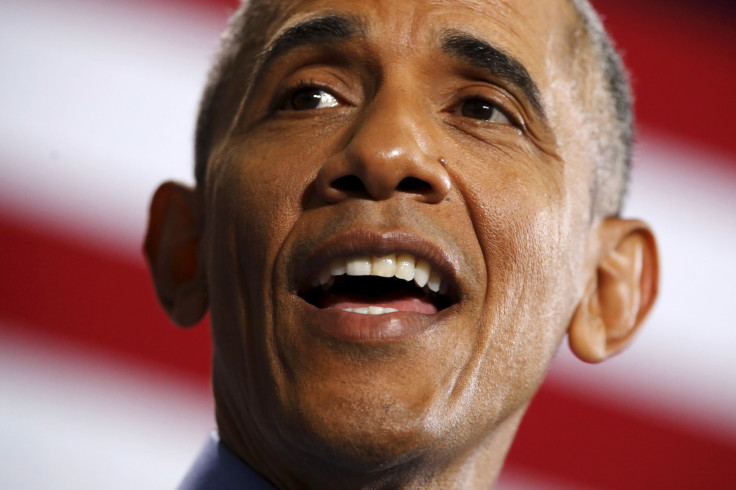Multiracial America 2016: 'One-Drop' Rule For Minorities Changing As More Choose Their Own Identities, Study Shows

As people of mixed racial backgrounds have become more common in the U.S., identity for those Americans has also become more fluid, a new study shows. It used to be that racial minorities, especially those with black and white heritage, had to abide by the “one-drop” rule and chose the colored race as their primary identity.
Today, those who are of mixed race are increasingly choosing the label “multiracial” and are reporting themselves as such to the U.S. Census Bureau. This trend is significant because it impacts how the government measures racial inequality, said Lauren Davenport, an assistant professor of political science at Stanford University who has studied identity.
"Racial identification is significant for the implementation of affirmative action, the drawing of legislative districts, and the enforcement of anti-discrimination laws in employment, education and housing," Davenport told CNN.
Multiracial Americans make up 6.9 percent of adults and have grown three times faster than the overall population, according to a 2015 study by the Pew Research Center. Among a sample of over 37,000 Asian-white, black-white, and Latino-white biracial individuals, Davenport found that that 71 percent of black-white biracial individuals, 54 percent of Asian-white individuals, and 37 percent of Latino-white individuals have identify as multiracial, instead of just a minority identity.
"Assessing the labeling decisions of biracials allows us to better understand how social class, gender and religion inform personal understandings of race in the United States," said Davenport. "These findings show that for the growing mixed-race population, racial labeling choices are intimately linked to social group attachments, identities and income."
Davenport’s study is also based on census figures and data from a report titled, “The Role of Gender, Class, and Religion in Biracial Americans' Racial Labeling Decisions." Her findings were published in the February issue of the American Sociological Review.
The study also notes that black-white biracials were the most likely to self-identify as multiracial. That finding is consistent with census data showing the "black and white" became the largest multiple-race population in the United States, tripling in size from 2000 to 2010, Davenport told CNN.
© Copyright IBTimes 2024. All rights reserved.






















